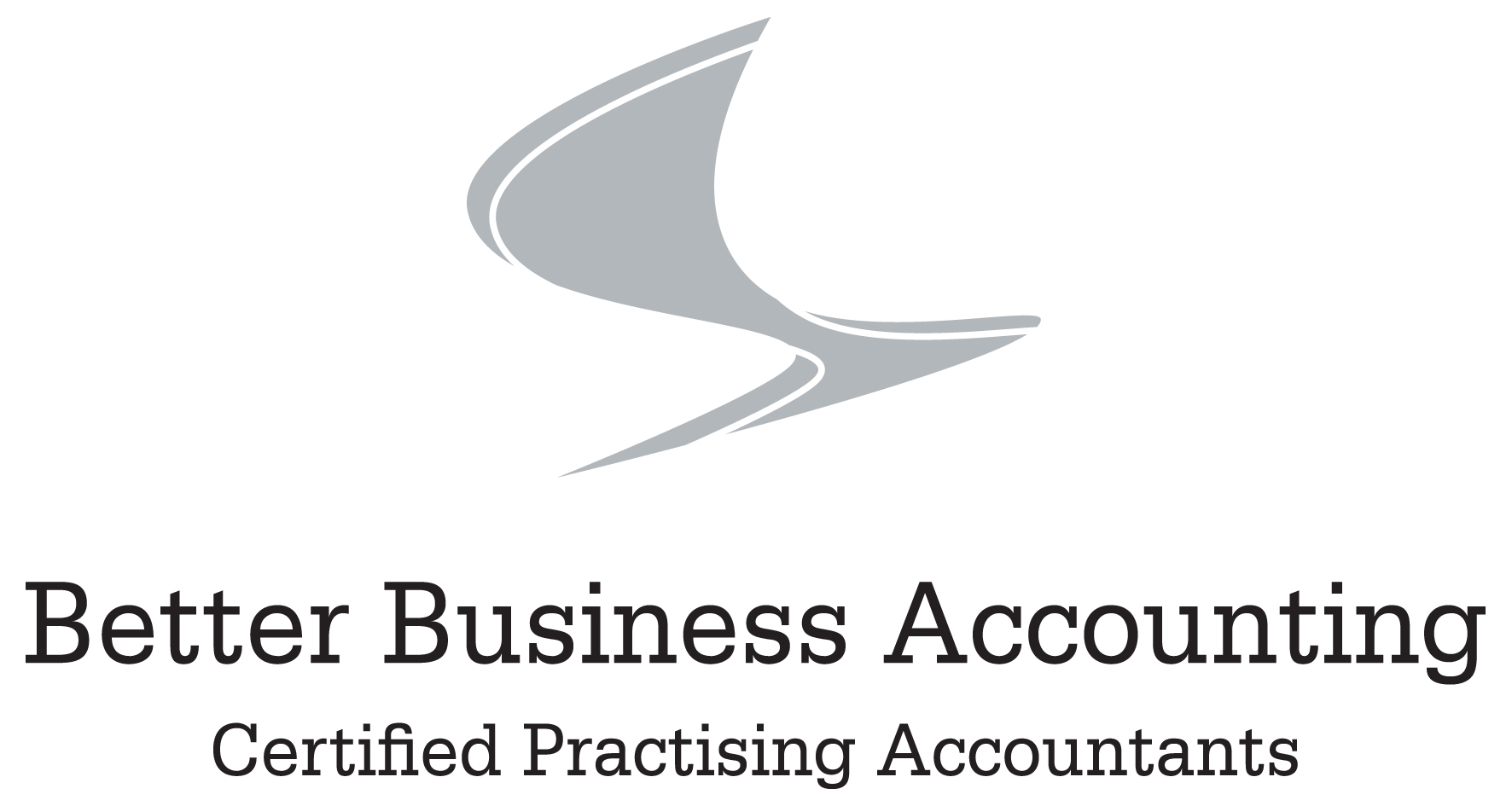Prime Minister Scott Morrison has announced a third and the largest coronavirus support package – a $130 billion economic stimulus package. In this package, businesses will receive a fortnightly wage subsidy up to $1,500 per employee. The so-called JobKeeper payment is designed to keep people in work and the Government expects up to 6 million people will access a $1,500 fortnightly wage subsidy.
How will it work?
Under the JobKeeper Payment, businesses impacted by the Coronavirus will be able to access a subsidy from the Government to continue paying their employees. Affected employers will be able to claim a fortnightly payment of $1,500 per eligible employee from 30 March 2020, for a maximum period of 6 months.
Employers will be under a legal requirement to pass on the payments they receive to employees that are currently employed by the business or who were employed by the business as at 1 March 2020.
Who is eligible?
Employers that have a turnover of less than $1 billion and have experienced a 30% decline in their turnover compared to last year would be eligible to receive the JobKeeper Payment. (For businesses with a turnover greater than $1 billion, the reduction in turnover threshold compared to last year is 50%.)
Here is who will get the payments and what criteria need to be met:
- Businesses that have lost 30 per cent of their turnover, or 50 per cent if they usually bring in more than $1 billion annually, in a month-long period compared with last year.
- Charities that have lost 15 per cent of their turnover in the same period.
- It covers full-time, part-time and casual staff, but casuals need to have been with the business for a year.
- It also includes sole traders, which covers gig economy and self-employed workers.
- Workers on temporary visas are not covered unless they are New Zealanders on special category (subclass 444) visas.
How much will they receive?
- Businesses will receive $1500 a fortnight – which is 70 per cent of the median Australian wage – per eligible employee.
- If the employee usually makes more than $1500, then the employer is expected to make up the gap.
- If the worker has been stood down, the employer need only pass on the $1500.
- Workers who usually earn less than $1500 a fortnight still get the full amount.
- Employers only have to pay superannuation on any top-up amounts above the $1500.
- Employers can change their staff hours to whatever amount would bring their pro rata pay down to $1500 per fortnight, provided COVID-19 means there is less work for that worker compared with usual circumstances.
What about Annual leave payments?
- The payments can be used to subsidise holiday pay.
- Eligible employers can also direct staff to take leave under changes to the Fair Work Act passed with the JobKeeper program.
- This has to be done by agreement between the employer and employee, but must not leave the latter with less
- What are some issues that may affect you?
The below is not an exhaustive list of issues and there may be other issues that affect you. Please contact your Better Business Accounting representative to discuss any issues you think you may be facing,
- Cash or actuals accounting basis
- GST groups
- Annual and other periodic payments
- Other exclusions from turnover
- Supplies made outside Australia
- Financial supplies
- Margin scheme supplies
- Adjustments
- Non-monetary consideration
- Security deposits
- DGRs and other charities
How will employers receive payments?
To receive the JobKeeper payment, eligible employers must:
- Employers will pay staff the JobKeeper payment through their existing payroll systems.
- They will then be paid in arrears by the Australian Tax Office monthly.
- The first payments won’t be received until the first week of May, but they will be backdated to March 30.
- The Australian Banking Association says businesses who will struggle to pay staff until May can apply to use the JobKeeper program as a basis to seek credit to tide them over until then.
How to apply?
To find out if you are eligible for the JobKeeper Stimulus via the ATO JobKeeper Payments Page
